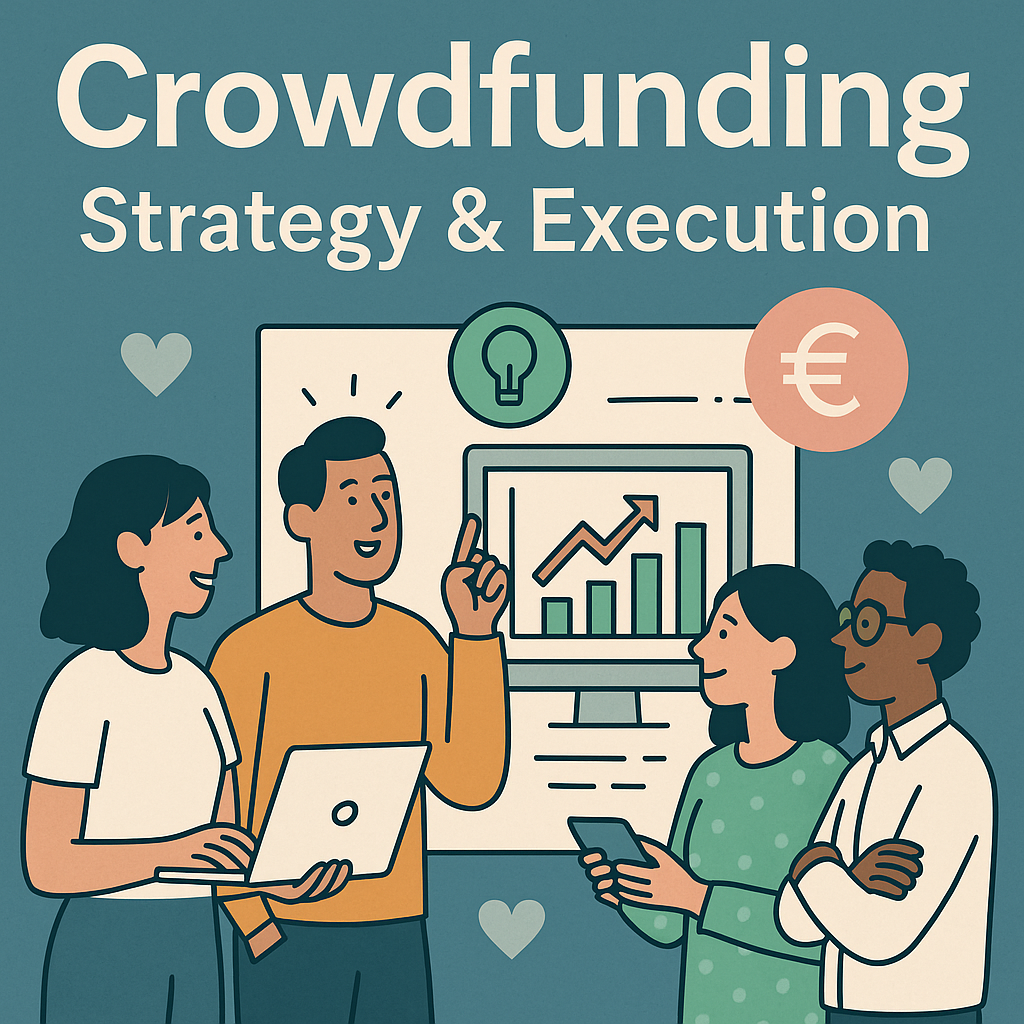

Giving Days
Ambassadors
Donor Engagement
A Giving Day can be one of the most dynamic and effective ways to galvanise your community, inspire participation and generate transformational income in 24 hours. But to maximise impact, your approach must be holistic - integrating people, messaging, design, data and follow-through. This guide brings together lessons from dozens of successful campaigns to show how to build a Giving Day that delivers both immediate results and long-term engagement.
Giving Days are fast-paced, high-energy campaigns that benefit from diversity of perspective and capability. This means involving representatives from advancement services, alumni relations, communications, digital marketing, donor relations, student life and fundraising operations early in the planning.
The best Giving Days are built on teamwork and clear roles. Your team should feel trusted, supported and united around a shared goal.
Ambassadors - often staff, students, alumni or volunteers - are your frontline champions. Increasing donor engagement with Giving Day ambassadors can significantly boost reach and conversion. Equip them with talking points, visual assets and email templates well in advance.
Your Giving Day is not just a fundraising initiative - it’s a story unfolding in real time. The most effective campaigns create an identifiable campaign brand, with cohesive visual elements, tone of voice and core themes.
Start building momentum weeks in advance. Tease the date. Introduce the cause. Share stories from previous years. Then on the day, use urgency and clear milestones to keep donors returning.
See how Elon University built a Giving Day into a movement, uniting thousands under a single narrative across multiple years. Or explore Launching your first Day of Giving with a small shop for a lighter-weight version with real impact.
Once someone decides to give, the experience needs to be effortless.
9 tech essentials for your online Giving Day platform covers this in depth, but key features include:
When donors can give in under 30 seconds, conversion rates soar. The experience should feel modern and familiar - more like shopping than form-filling.
Giving Day communications should begin 2–4 weeks out and continue through to a post-campaign thank you. Plan your comms in layers:
Using segmentation improves performance significantly. Tailor messages by affiliation, giving history, or interests where possible.
See this advice in action in 5 ideas for keeping alumni engaged when in-person events aren’t possible and Tips for increasing online donor conversion.
Your owned channels (email, website) are important, but your Giving Day will really take off when the wider community begins to share and advocate.
Encourage ambassadors to personalise and post content throughout the day. Use branded hashtags, live updates, and thank-you shout-outs to build social proof and drive engagement.
7 ways to use Twitter during your crowdfunding campaign and How alumni relations teams use Instagram, YouTube and LinkedIn offer great practical examples.
This isn’t just outreach - it’s momentum.
Gratitude is more than just a thank-you email. It’s an ongoing expression of appreciation, trust and transparency.
Thank donors on the donation page. Thank them in the follow-up email. Thank them the next day in a video or post. Show how their gift is making a difference.
Use segmentation again here - someone who gave £10 for the first time deserves a different kind of message than someone who made a matching gift or recruited 5 other donors.
Explore how digital fundraising can improve donor retention and build loyalty from the moment of giving.
The end of a Giving Day isn’t the end - it’s the start of your next one.
Use your platform data, social insights and ambassador feedback to inform your next campaign. Consider adding challenges, livestreams, or matchfunding next time.
If you’re just getting started, review the simple, powerful lessons in 3 key steps to a successful Giving Day.
Need inspiration? Start with Hubbub’s top six ways to ensure Giving Day success or check out How Elon University turned Giving Days into a success to see how a bold, data-led, collaborative campaign raised nearly $1 million in year three.
Or review how even a small team can launch a successful Giving Day with limited time and resources - and still achieve powerful results.
A successful Giving Day is more than a moment - it’s a movement. It takes planning, creativity and collaboration, but when it works, it doesn’t just raise money - it inspires pride, belonging and momentum for the future.
Whether you’re scaling up a flagship campaign or launching your first Giving Day, the key lessons remain the same: design with donors in mind, empower your people, and tell a story that resonates.
If you’re ready to elevate your Giving Day strategy, get in touch - we’d love to help.

By clicking “Accept”, you agree to the storing of cookies on your device to enhance site navigation, analyze site usage, and assist in our marketing efforts. View our Privacy Policy for more information.




